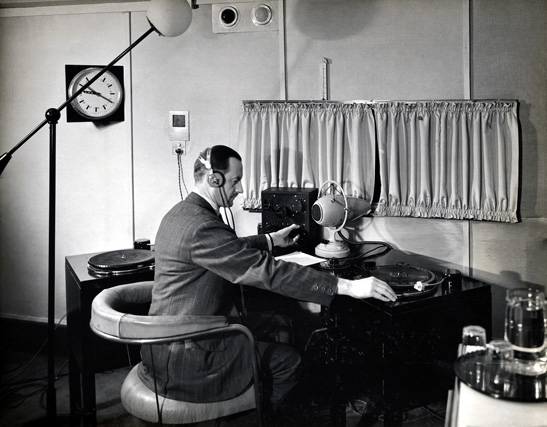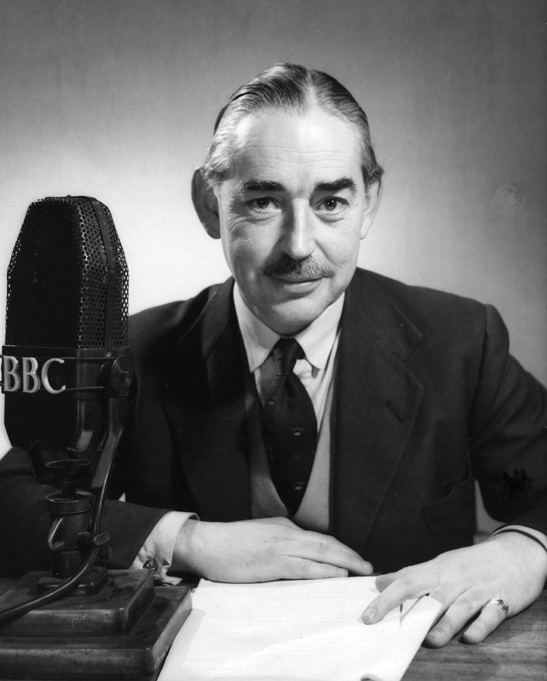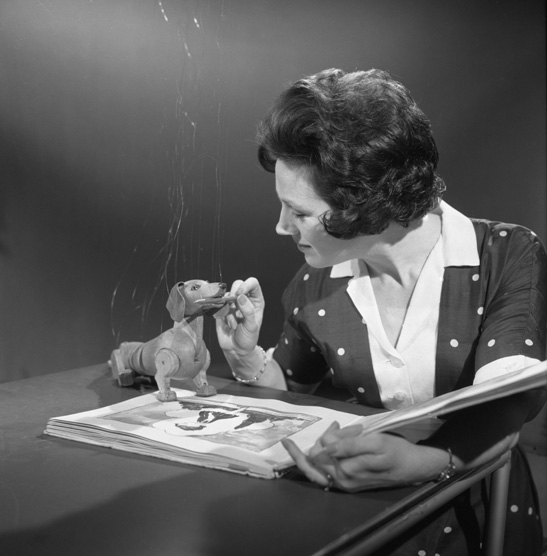
Inform, Educate and Entertain: A very brief history of the BBC
The BBC was founded by a private consortium of six radio manufacturers in 1922 as the British Broadcasting Company. Radio manufacturers had realised that regular, organised radio broadcasting was necessary to strengthen the market for their home radio receivers.
The first broadcast came from the famous 2LO transmitter, located in Marconi House, London on 14 November, 1922. In the years to follow, ‘listening in’ would become a popular national pastime.
By the end of 1922, only 19,594 radio licenses had been issued in Britain. Ten years later, the number had risen to 5,262,850.

1932 was the year the BBC informally entered the world of television, broadcasting its semi-experimental low-definition service from Studio BB in Broadcasting House, which at its peak reached about 5,000 viewers.
In 1927, John Reith’s vision had changed the BBC from the British Broadcasting Company into the British Broadcasting Corporation, with a Royal Charter that it is still governed by today and his famous public service vision—to ‘inform, educate and entertain’.
Today, the BBC is the largest broadcaster in the world; a massive multimedia organisation, heard and seen in over 200 countries. As well as having an enormous effect on British culture over the past 90 years, the BBC in many ways defines British culture and has been extremely influential internationally.
Our partnership with the BBC
Since 1986, collaborations between the BBC and the museum have brought together two leading British cultural institutions with complementary remits in relation to preserving, understanding and celebrating the story of British television and its cultural effects.
Given this flourishing partnership, it seemed an obvious step for the BBC to approach us regarding finding a suitable permanent home for the collection.
Acquiring the collection has meant a major opportunity to better document the history of Britain’s largest broadcaster while complementing the Science Museum Group’s already significant existing collections of television and radio equipment. The result is one of the most extensive broadcasting-related museum collections anywhere in the world.
What’s in the BBC Collection?
The BBC Collection consists of approximately 1,000 discrete objects, dating from the earliest days of the BBC (1922) up to the present; it is predominantly radio-related.
In the past we have been predominantly concerned with television, we actually have little in the collection concerning radio. Radio has traditionally been collected at the Science Museum, and continues to be. Both museums and their visitors will benefit directly from the acquisition, since it will be available to this museum in the north, and the Science Museum in the south.

Picture shows John Snagge, Head of BBC Home Service Presentation
The BBC Collection is a fascinating mixture of day-to-day artefacts from the life of the BBC. The majority of it is historic television and radio equipment, documenting production technique, things like microphones, amplifiers, cameras, camera pedestals, audio and video tape recorders, studio monitors, turntables, phonographs, etc. There are also home reception items such as crystal sets, valve radios, horn speakers, batteries, and headphones.
About 10% is on-screen props and related items. The list includes parts of an original Tardis console from Doctor Who, fibre glass moulds used to make Daleks, the Fimbles, Kenny Everett’s big hands, and wooden replicas of Muffin the Mule, the Woodentops, and Sausage the Dog (my favourite object in the collection).

Picture shows Vera McKechnie with Sausage who stands on the picture book
As the BBC has noted, the collection was only formally assembled in the past few years, and so the survival of these objects is largely down to the efforts of individual staff with an eye on history and the future, those who saved things for posterity.
Where are we going to store the objects?
Most of the BBC Collection is stored at the Science Museum Group’s main storage in Wroughton (near Swindon) while some of the collection is stored here in Bradford.
Objects currently stored here in Bradford include the Blattnerphone (1930) designed by early British film maker Louis Blattner, which used 6mm steel tape to record sound. There are also two original EMI Emitron television cameras (1936).
What will we do with the Collection?
The museum will collaborate with the BBC towards promotion and understanding of the cultural effects of radio, television and other media. This will be achieved predominantly with museum displays, exhibitions, events, and potentially extended to publications, seminars, conferences and workshops.
What else does the future hold for the BBC Collection? Watch this space…
One comment on “Happy anniversary BBC, and thanks for the 1,000 objects!”